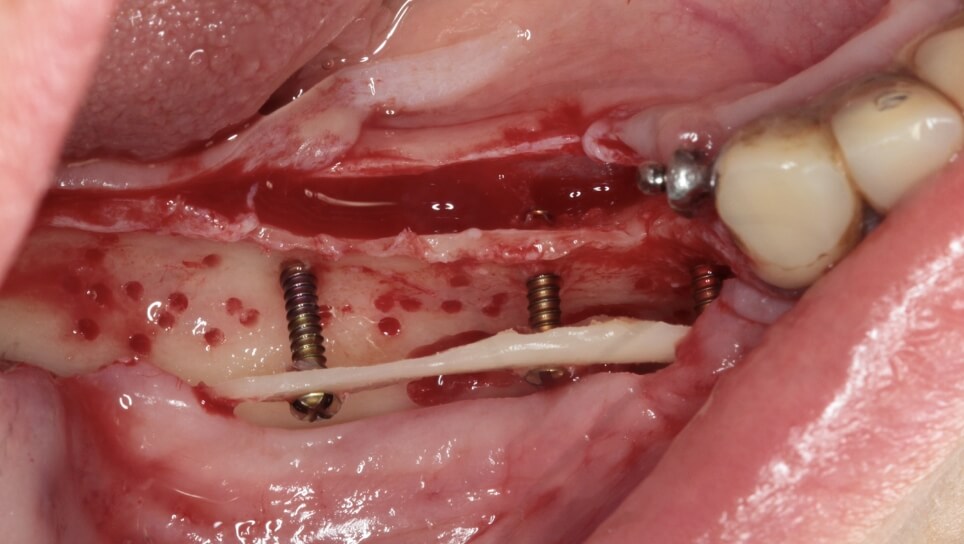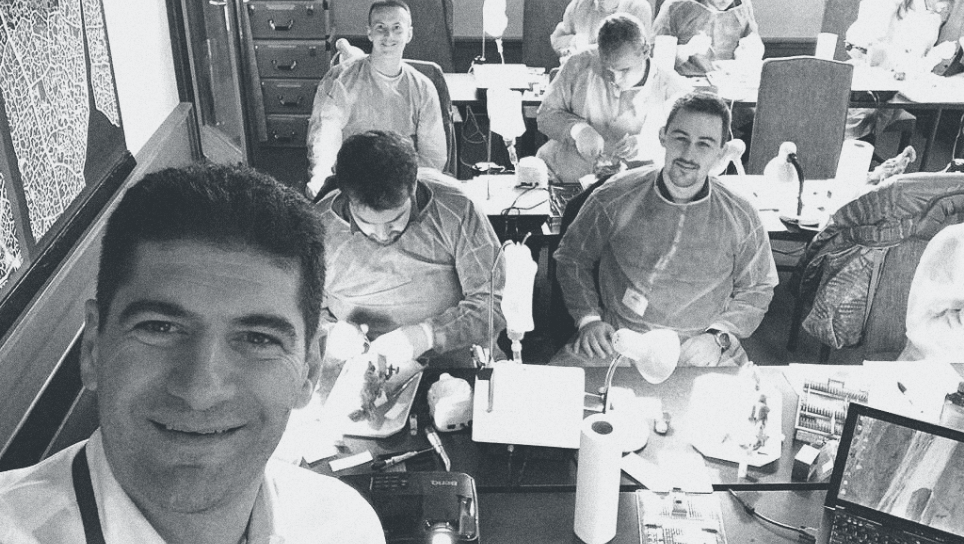
In long standing edentulous areas, usually there is bone resorption which makes it difficult to place implants and also affects the long-term stability. The natural bone healing in extraction sockets has its paths of resorption which usually lead to insufficient bone volume for a proper implant placement.
With a good knowledge of the bone defect morphology and reconstruction indication, of the autogenous bone biology, the principles of GBR, the biomaterials used, the surgical steps to obtain a passive flap and a secure closing we are confident that any attendee of this module will be able to improve their surgical skills and expand their knowledge and practical ability in order to cross their implant treatment limits.
1. Contents
- Bone healing and defect morphology – clinical and CBCT
- Principles of GBR
- Barriers, bone grafts and biomaterials and techniques selection
- Bone augmentation prior and simultaneous with implant placement
- Horizontal and vertical bone augmentation techniques: autogenous cortical lamina “shell” technique, GBR with resorbable and non-resorbable barriers
- Fixation and securing the graft techniques
- Flap passivation and tension free closing
- Post-operative protocols
- Complication management
2. Hands-on training
- Horizontal bone augmentation with autogenous bone – cortical lamina technique
- GBR in horizontal and vertical defects different type of barriers
3. Live surgery
- Horizontal and vertical bone augmentation techniques: autogenous cortical lamina “shell” technique
- GBR with resorbable and non-resorbable barriers
Ready to start your journey? Apply for our ultimate oral implantology course.
You can also apply for individual modules. Please contact us for further information.
Apply now

